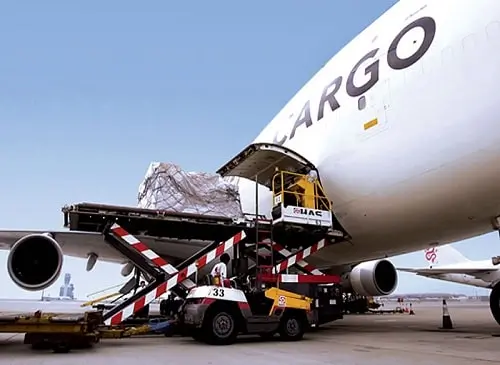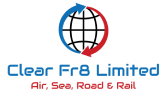Air Freight Customs Clearance
Air freight is a crucial component of international trade, enabling the rapid movement of goods across borders. However, the efficient and seamless transportation of goods by air requires compliance with customs regulations and procedures. In this blog post, we will explore the intricacies of air freight customs clearance, its importance in global logistics, and the key steps involved in ensuring a smooth and timely process.
The Significance of Air Freight Customs Clearance
Customs clearance is a vital step in the air freight process, ensuring that goods comply with local laws and regulations before entering a country. It involves the submission of necessary documentation, payment of duties and taxes, and inspections to verify the accuracy of the declared goods. Customs clearance is essential for several reasons:
Compliance: Customs clearance ensures that goods meet regulatory requirements, such as safety standards, import restrictions, and product certifications.
Revenue Collection: Customs duties and taxes are collected during the clearance process, contributing to a country's revenue.
Security: Customs inspections help detect and prevent the illegal transportation of prohibited or restricted items, enhancing aviation security.
Trade Facilitation: Efficient customs clearance processes facilitate the smooth flow of goods, minimizing delays and ensuring timely delivery to customers.
Key Steps in Air Freight Customs Clearance
Documentation: Proper documentation is critical for customs clearance. This includes a commercial invoice, packing list, airway bill, and any specific permits or certificates required for certain goods. Accuracy and completeness of documentation are essential to avoid delays or penalties.
Customs Declaration: The importer or their authorized customs agent submits a customs declaration, providing information about the imported goods, their value, and origin. This declaration may be electronic or paper-based, depending on the country's customs requirements.
Duties and Taxes: Importers must pay customs duties, taxes, and other applicable fees. The amount is calculated based on the value and classification of the goods. Importers can seek assistance from customs brokers or freight forwarders to determine the exact duties and taxes payable.
Inspection and Examination: Customs authorities may conduct physical inspections or request additional documentation to verify the goods' accuracy and compliance. They may inspect packaging, labels, and shipping marks, and may select shipments for X-ray scanning or other security checks.
Release and Delivery: Once customs clearance is granted, the goods are released for onward delivery. The importer or their designated agent can arrange for the goods to be transported to their final destination.
UK AIR FREIGHT CUSTOMS CLEARANCE SERVICES
- Direct Flights for fast transit (subject to route)
- Import/Export Customs Clearance
- Non Direct Flights for lower costs (but longer transit)
- Consolidation Services (Co-loading with other people’s goods)
- Cargo Insurance

